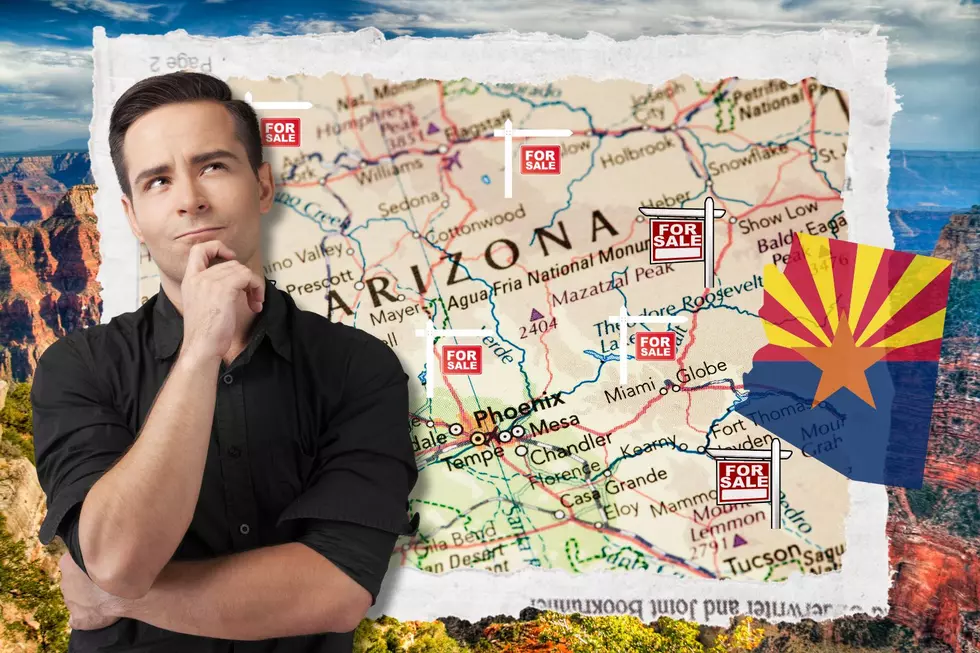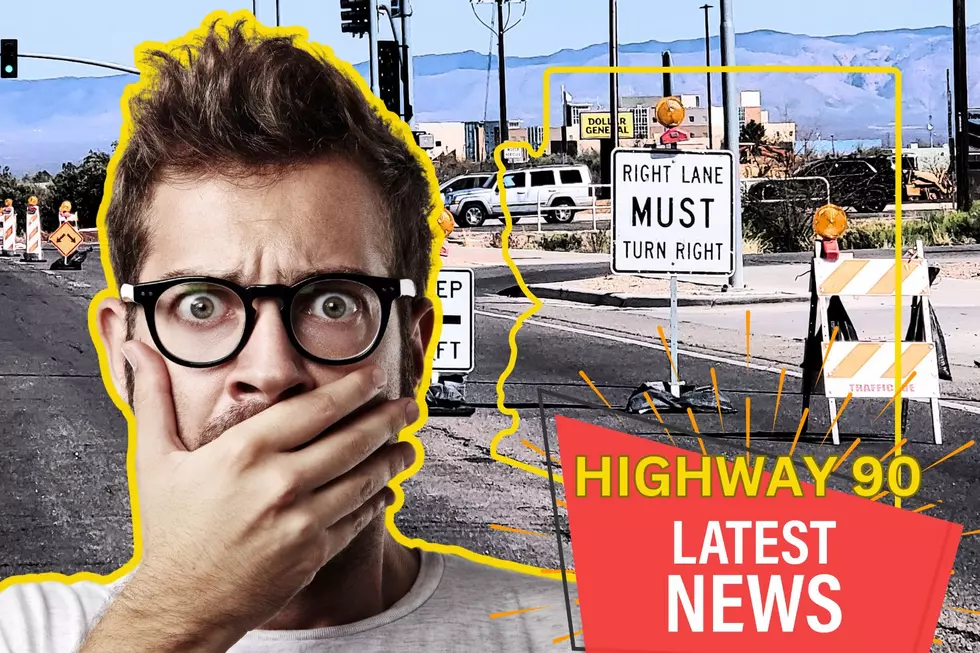
Ever See Those Random Black Lines in the Road? Here’s What They Mean
We've all seen these things lying across the road, and they seem to be in the most random places. Sometimes they're in the middle of a busy road, other times they're on some rural side street.
Have you ever noticed those random two parallel lines running across the road? Have you ever wondered what they're used for?
Road Tubes
Those parallel lines are actually long, hollow tubes. Called pneumatic road tubes, the "lines" are used for traffic counting and monitoring. They collect data when a vehicle drives over them.
Pneumatic road tubes work by sending a burst of air pressure to a counter or a recorder when a vehicle passes over them.

Why Are Those Tubes There?
Pneumatic road tubes are obviously too small to slow a car down, so why are they there?
Those little tubes are put in place to measure road usage. They're used to figure out which main roads and arteries are the most used, and which roads could be headed to potential problems.
Who's Counting the Cars?
Urban planners and municipalities use the data to make decisions about city planning. Using the data, they can decide if a road needs to be widened, repaired or if other routes need to be created to alleviate congestion.
Why Two Tubes?
The counter is used for a variety of traffic counting purposes. They can register the number, speed, and on occasion, the type of vehicles using that particular road.
Yeah, you read that right. These tubes can register your vehicle's speed. Using the two tubes spread at a specific distance and a little bit of figuring, engineers can determine how fast a vehicle is traveling over them and determine if a car is speeding down the roadway.
According to this website, engineers say the math is pretty simple. They "just take the distance between the tubes, divide by the time between hitting the tubes, the factor-label method it up, and there you go."
Installing the Pneumatic Tubes
Pneumatic road tubes are a practical solution for city planners and engineers. They're highly portable, relatively inexpensive, and easy to install on almost any roadway.
They do have a few limitations. The tubes can be affected by weather conditions, things like temperature and precipitation. They can also become victims of vandalism. As vehicles drive over them, the tubes may become misaligned, which could alter their effectiveness.
Maybe Slow Down a Little?
If you've ever wondered what these tubes are used for, now you know. Pneumatic road tubes are one of the most common tools for collecting traffic data.
Sooner or later, you're going to run across these double lines - maybe consider slowing down a little bit.
LOOK: Here are the states where you are most likely to hit an animal
LOOK: See how much gasoline cost the year you started driving
LOOK: The 25 least expensive states to live in
More From K101









